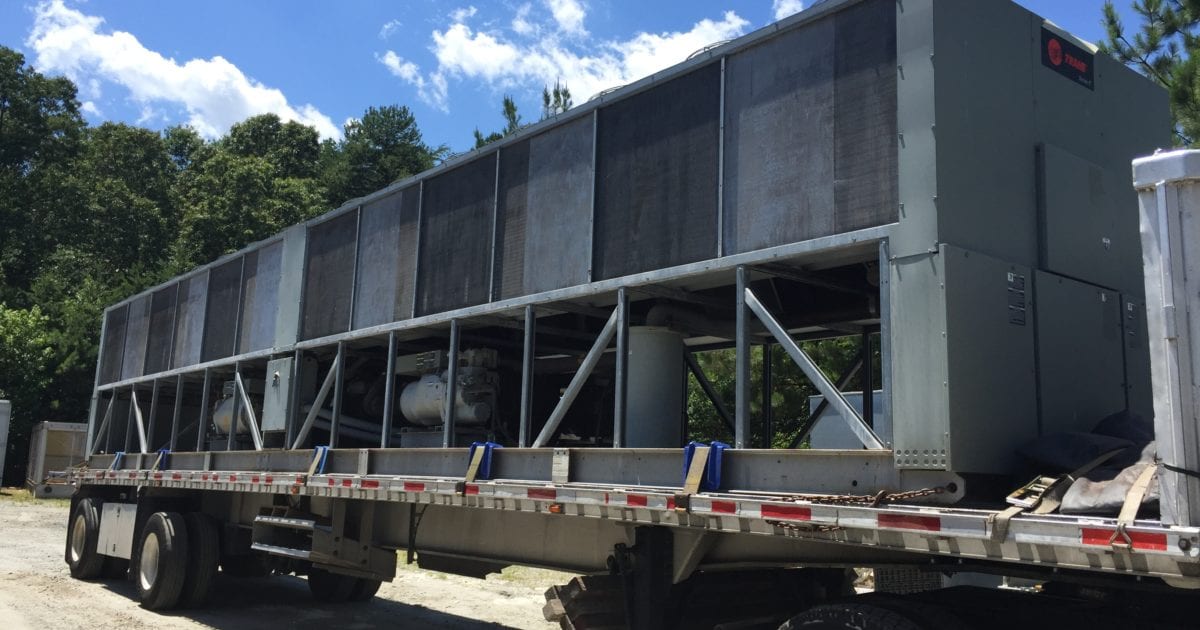(864) 249-0943
(864) 249-0943

October 2, 2017
Having a chiller that’s the correct size will keep your equipment running at an efficient level. An undersized chiller won’t be able to properly cool your equipment, and an oversized chiller will waste resources. If you can identify the correct size for your needs, your equipment will last longer, while keeping operating costs as low as possible.
Typically, companies will purchase a chiller that’s larger than what their facility needs, to allow for growth in cooling loads. But because loads are so unpredictable, the facility could outgrow the chiller quickly or go for a long period of time operating under capacity. It’s best to purchase the size you need, and then replace the chiller as required. You can always resell the chiller and recoup a nice percentage of your acquisition cost.
So, how do you know what size chiller(s) your facility needs? You’ll have to examine the cooling loads your facility will place on the chiller(s). Here are two methods you can use to calculate how much cooling capacity your application requires.
Keep in mind that if your operating temperatures are higher or lower than rated for, or if you are located at high altitude, or are using E. Glycol, P. Glycol, or other special fluids, you should speak with a professional to determine how these factors will influence your needs.
If your facility uses multiple chillers, you may be able to get by with replacing only a percentage of them, to optimize performance. Additionally, if you’re not quite ready to replace your oversized chiller(s), in the meantime you can install variable-frequency drives to help slow the operation as cooling loads decrease.
If you have questions about your own chiller needs, please feel free to give us a call at 1.864.249.0943. We’re happy to talk with you.

Our business is buying, selling and decommissioning but our foundation is people.
You are first. Always. We seek to serve you with integrity, honesty, and the utmost customer service.
Our approach is different. Relationship over transaction. We are committed to embracing the challenge until we have the best solution for you.
WE ARE LEL.